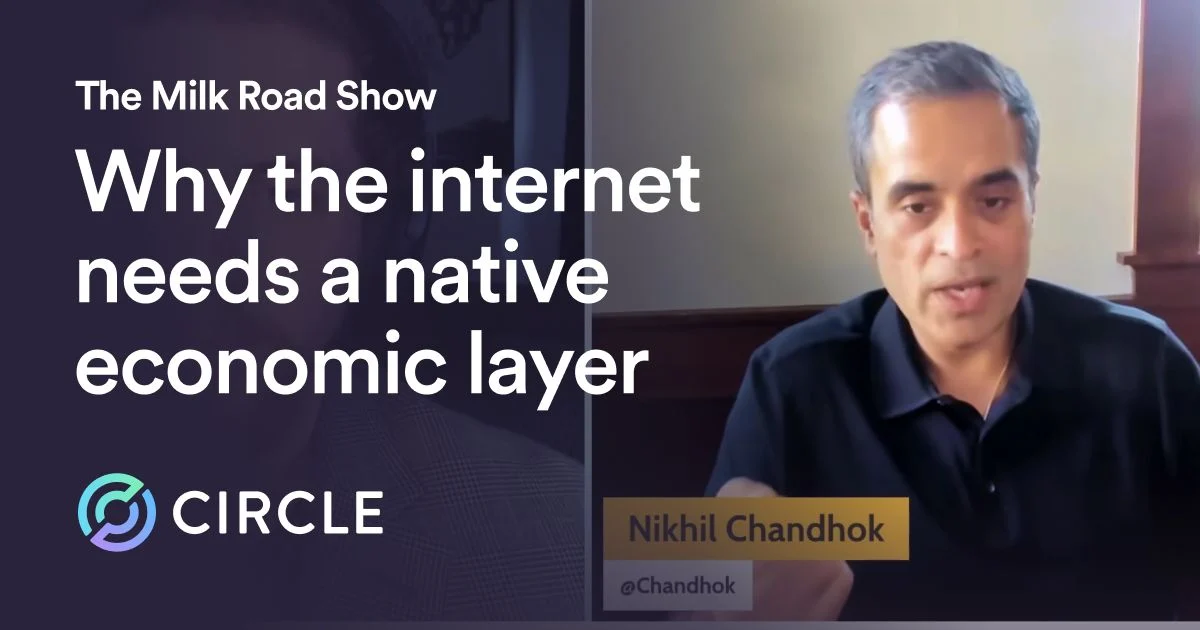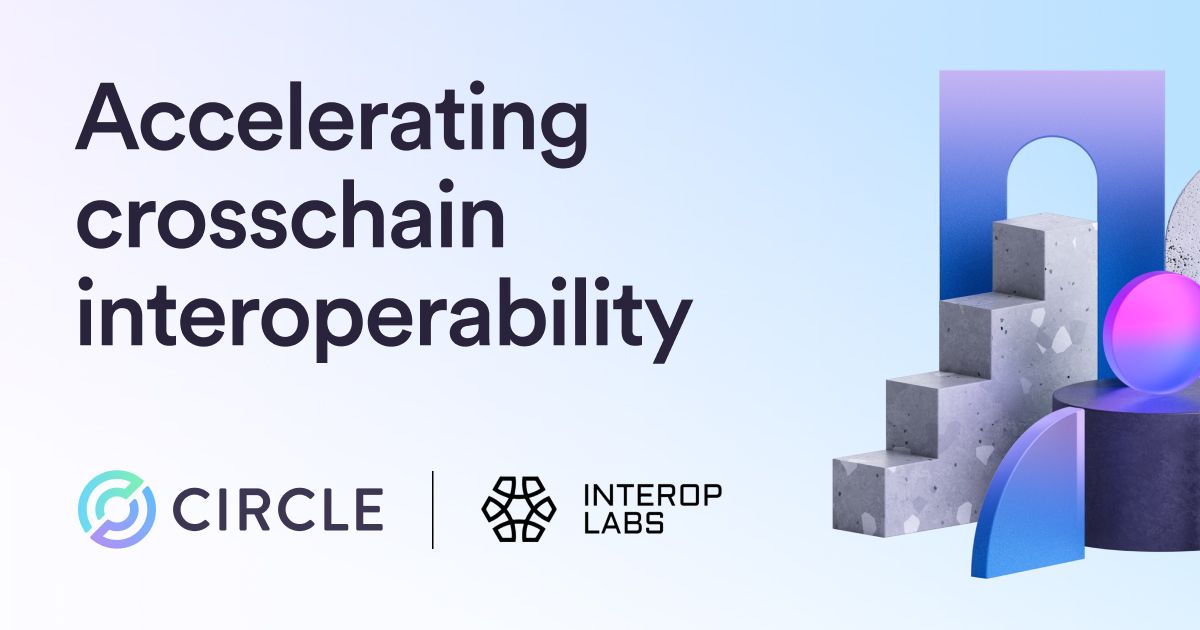Research paper shows a significant shift in the use of stablecoins away from speculative activities in digital asset markets in recent years.

The use of stablecoins for speculative trading in cryptocurrency markets has experienced a consistent, steep decline over the past five years. That’s the key takeaway of “Beyond Speculation: Payment Stablecoins for Real-time Gross Settlements,” a paper that was among the four winning research projects featured at DC Fintech Week 2023.
Led by Circle Chief Economist Gordon Y. Liao, the paper provides empirical evidence that demonstrates how the use of stablecoins for speculative activities in digital assets markets has plunged 90 percent since 2019, a trend that is also unrelated to market frenzies.
While stablecoins started out as blockchain-based cash balances for crypto exchanges and traders, they have evolved over the past few years to resemble a form of general-purpose money tokenized on public blockchains, the paper said. The features that distinguish payment stablecoins, like USDC, from other varieties of stablecoins are twofold: their primary use as a general purpose form of payment, and full-reserve backing by high-quality, liquid assets.
As payment stablecoins have shifted away from speculative activities, they continue to gain traction as a utility for real-world value transfers such as cross-border payments, emergency and humanitarian relief, and remittances.
Beyond Speculation: Key Findings
- The use of stablecoins for speculative trading has declined 90 percent over the past five years. USDC, a payment stablecoin, has always had proportionally less trading activities as it was designed for general payments.
- Payment stablecoins have emerged as a medium exchange and store of value with less speculative and leveraged activities than fiat M2 money. Payment stablecoin’s trading turnover is 10% that of trading stablecoins and 60% that of fiat M2 dollar.
- The adoption of payment stablecoins for general use in real-time gross settlement could potentially mitigate risks associated with concentration and liquidity in the current payment systems.
- Greater integration of payment stablecoins with the existing financial infrastructure could bolster the capabilities of real-time settlement systems, making them more programmable, transparent and accessible.
- This integration could also alleviate risks associated with concentration and liquidity in the current payment systems.
The full text of the research paper is available here. A video summary is available here.




